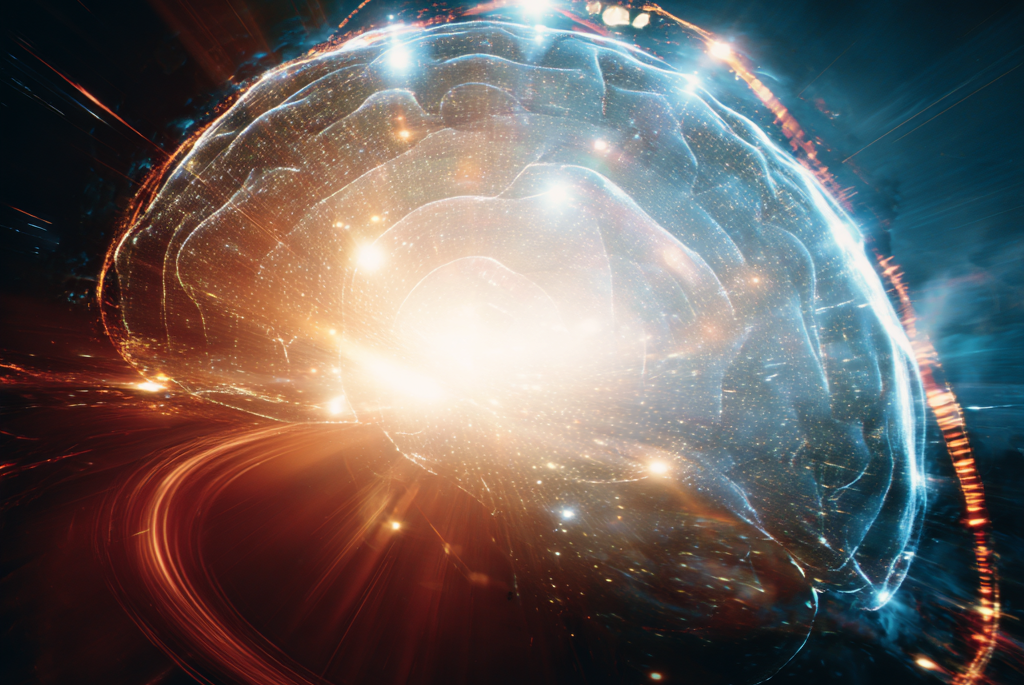DMT Shows stroke protection

“Spirit molecule” DMT shows stroke protection in animals by repairing the blood brain barrier
Quick Take: A new peer reviewed study reports that DMT stabilized the blood brain barrier after experimental stroke, reduced brain swelling, and tamped down inflammation in animal and cell models. This is not proof in humans. It is a strong preclinical result that now feeds into planned early human trials testing sub-psychedelic dosing after ischemic stroke. Science+2SciTechDaily+2
What happened
- The study: Researchers induced ischemic stroke in rodents, then administered DMT. Brains were assessed with imaging, histology, and barrier function tests. Results showed smaller infarcts, less edema, improved barrier integrity, and reduced inflammatory signaling. Parallel cell culture experiments supported the barrier repair effect. Science
- Why the barrier matters: When the blood brain barrier breaks down during stroke, toxins and immune cells flood in, worsening injury for days. Restoring that barrier is a key target for recovery. The paper’s central claim is that DMT helped restore barrier structure and function in these models. Science+1
- Mechanism clues: Prior work links DMT to the sigma-1 receptor, a cell stress modulator that can reduce excitotoxicity and inflammation. The new results are consistent with that pathway. ScienceDirect+2ScienceDirect+2
Why this matters
- Current stroke care has a short treatment window and limited options. A drug that protects brain tissue by repairing the barrier and calming inflammation could extend the recovery runway and complement existing care. SciTechDaily
- Independent outlets and the lab’s release emphasize barrier repair as the standout finding, not just a general anti-inflammatory effect. EurekAlert!
What we know vs what we do not
We know
- In animals and cells, DMT was associated with smaller lesions, less swelling, lower inflammatory markers, and improved barrier integrity. Science
- Safety and PK studies in healthy volunteers show that carefully controlled IV dosing over hours is feasible, which is relevant for any future stroke protocol. PubMed+1
We do not know
- Whether these benefits translate to people, what dose and timing work in emergency rooms, or how DMT interacts with clot-busting or thrombectomy procedures. Human efficacy is unproven. Science
What to watch next
- Planned Phase 2a trial: Algernon NeuroScience plans a randomized, placebo controlled Phase 2a study of sub-psychedelic IV DMT in acute ischemic stroke patients, with enrollment targeted for 2025 in Europe. Primary focus is safety with exploratory recovery endpoints. algernonneuroscience.com+2Algernon Pharmaceuticals Inc.+2
- Replication: Look for additional academic groups to repeat barrier and inflammation findings in different stroke models before clinical adoption. Science
Pushback and cautions
- These are preclinical data. Animal success often fails in humans.
- DMT is psychoactive and controlled. Do not self experiment. Any medical use must happen inside regulated trials. ClinicalTrials.gov
The receipts
- Science Advances paper reporting barrier stabilization and reduced neuroinflammation after stroke with DMT. Science
- Press materials and summaries highlighting blood brain barrier repair and anti-inflammatory effects. EurekAlert!+2SciTechDaily+2
- Prior preclinical and mechanistic work on DMT and sigma-1 receptor mediated neuroprotection. ScienceDirect+2ScienceDirect+2
- Human safety and pharmacokinetic studies using prolonged IV DMT infusions. PubMed+1
- Company notices about the planned Phase 2a stroke trial. algernonneuroscience.com+2Algernon Pharmaceuticals Inc.+2
What if
What if barrier repair translates to people?
Hospitals could have a neuroprotective infusion to start right after imaging confirms ischemic stroke, potentially limiting secondary damage while standard care restores blood flow. If the signal holds, researchers will test similar protocols for traumatic brain injury and cardiac arrest where barrier breakdown also drives harm. SciTechDaily
Coverage continues here as new receipts drop



Comments ()